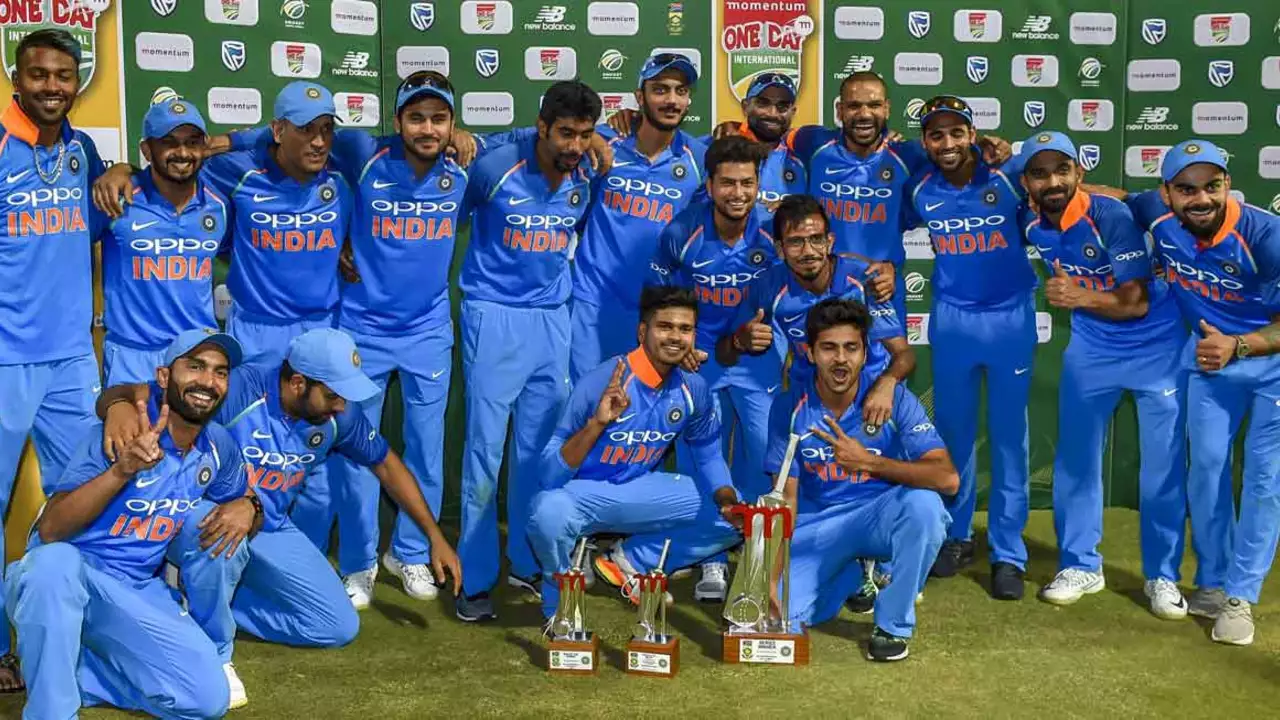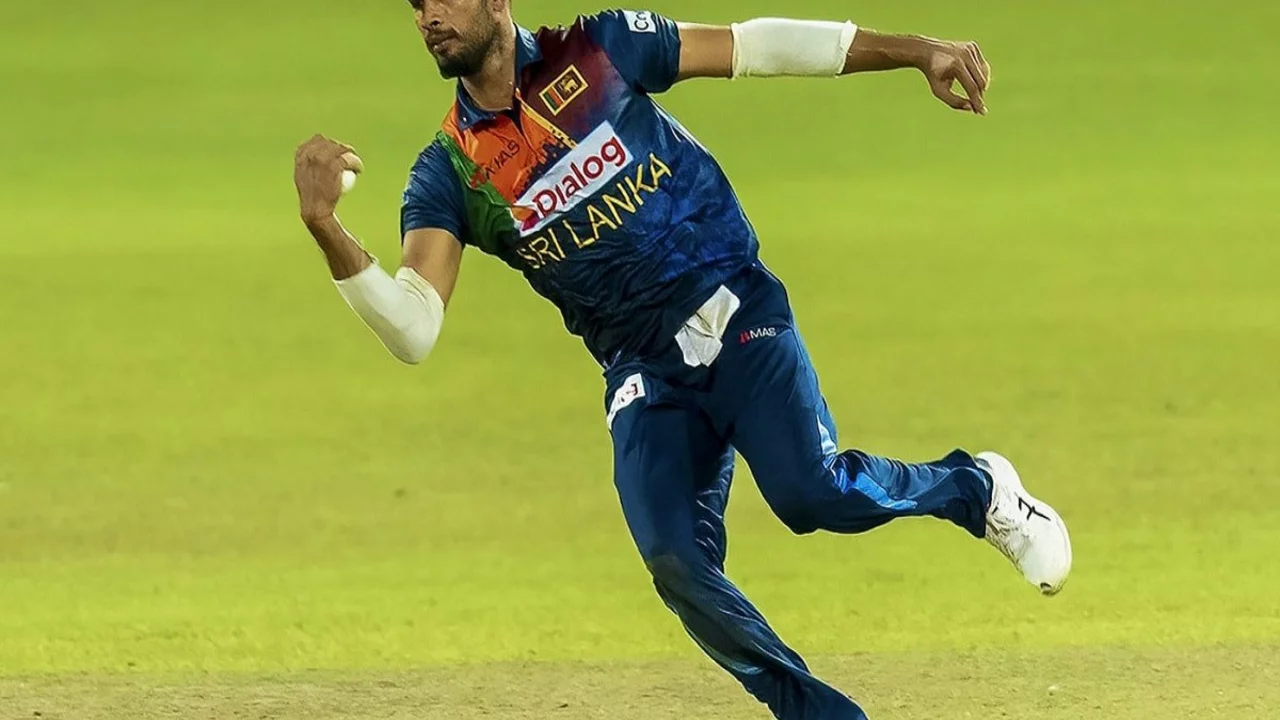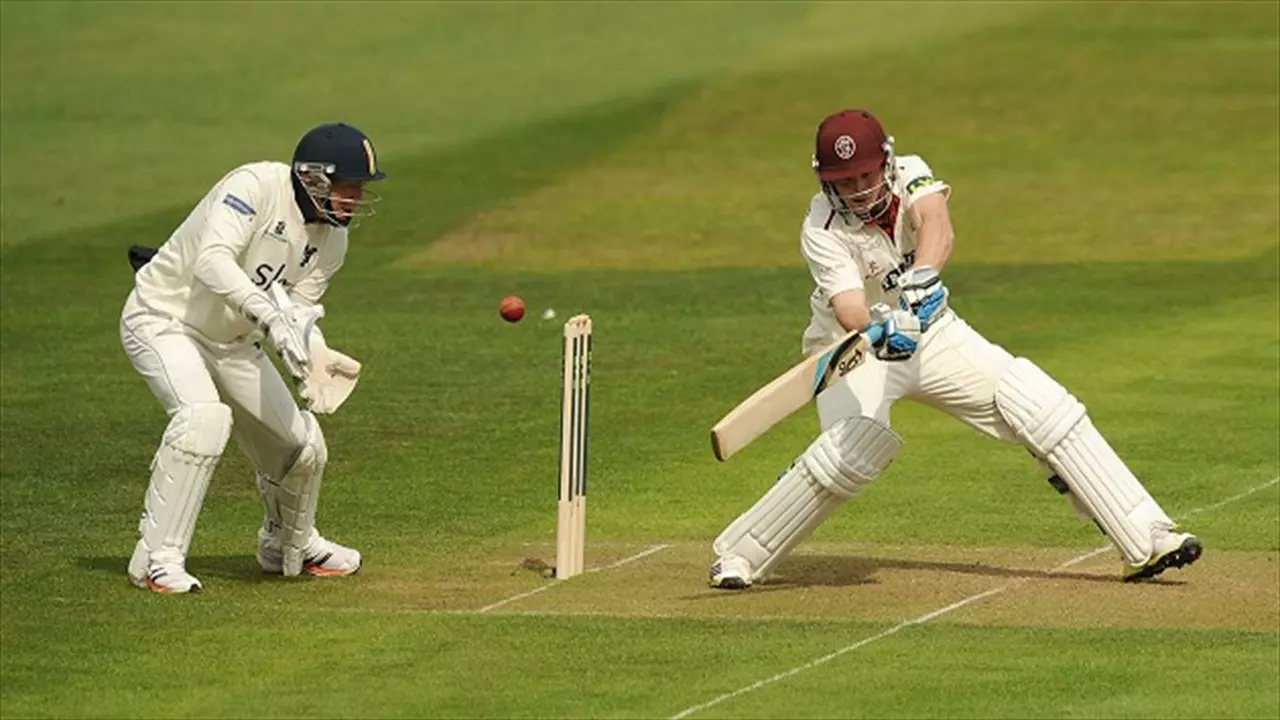July 2023 Cricket Archive – Bygrave Cricket Society
When exploring July 2023 archive, a curated collection of sports articles published by the Bygrave Cricket Society during July 2023, you get a snapshot of the season’s hottest debates and most curious facts. This cricket archive pulls together stories that range from the meteoric rise of a national team to the quirky origins of the sport’s name, giving fans a quick way to dive deep without hunting down each post individually.
Key narratives that shape the collection
One dominant thread is the Indian cricket team, the side that transformed from under‑dogs to world champions in a decade. The rise is linked to three forces: a flood of youthful talent, the high‑stakes IPL "gladiator arena," and fan devotion that borders on fanaticism. These factors together illustrate the semantic triple: Indian cricket team influences global cricket popularity and drives player development pipelines. Readers will see how each element fuels the next, making the story both a sports saga and a case study in talent ecosystems.
Another highlight zeroes in on Sri Lankan all‑rounder, the player who excelled with both bat and ball, reshaping Sri Lanka’s cricket identity. The piece argues that Sanath Jayasuriya embodies this role, with over 13,000 ODI runs and 300 wickets. This connects to the triple: Sri Lankan all‑rounder requires versatile skill set and provides match‑winning flexibility. By linking performance metrics to team outcomes, the article offers a concrete look at why a single player can tilt a series.
Switching sports, the archive also tackles the physics behind why a bat doesn’t recoil when it smacks a ball. The explanation leans on Newton’s third law: the bat’s greater mass and the forward swing force keep it moving forward, while the ball absorbs most of the reaction. This yields the triple: bat movement is governed by laws of motion, and understanding physics enhances player technique. The article makes a seemingly technical topic accessible to anyone curious about the science of sport.
Fans of football aren’t left out. The archive reviews whether the Indian Super League (ISL) is worth a watch. It points out the league’s blend of local and international talent, unpredictable matches, and its role in nurturing home‑grown players. Here the semantic connection is clear: ISL promotes talent development and delivers entertaining fixtures, making the league a valuable addition to any sports fan’s lineup.
Finally, a quirky etymology piece asks whether the sport or the insect got the name first. Historical records show the insect “cricce” predates the sport’s 16th‑century naming, which borrowed the term from a shepherd’s staff resembling a bat. This produces the triple: cricket (insect) precedes cricket (sport), and shared name reflects cultural analogies. The article adds a fun linguistic twist to the archive’s otherwise performance‑focused content.
Across these five posts, the archive covers player development, historical context, scientific explanation, and cross‑sport comparison. Each article stands on its own, yet together they map a broader picture of how sports evolve, inspire fans, and intersect with everyday knowledge. Below, you’ll find the full list of July 2023 pieces, ready to give you quick insights or deep dives depending on what you’re after.




